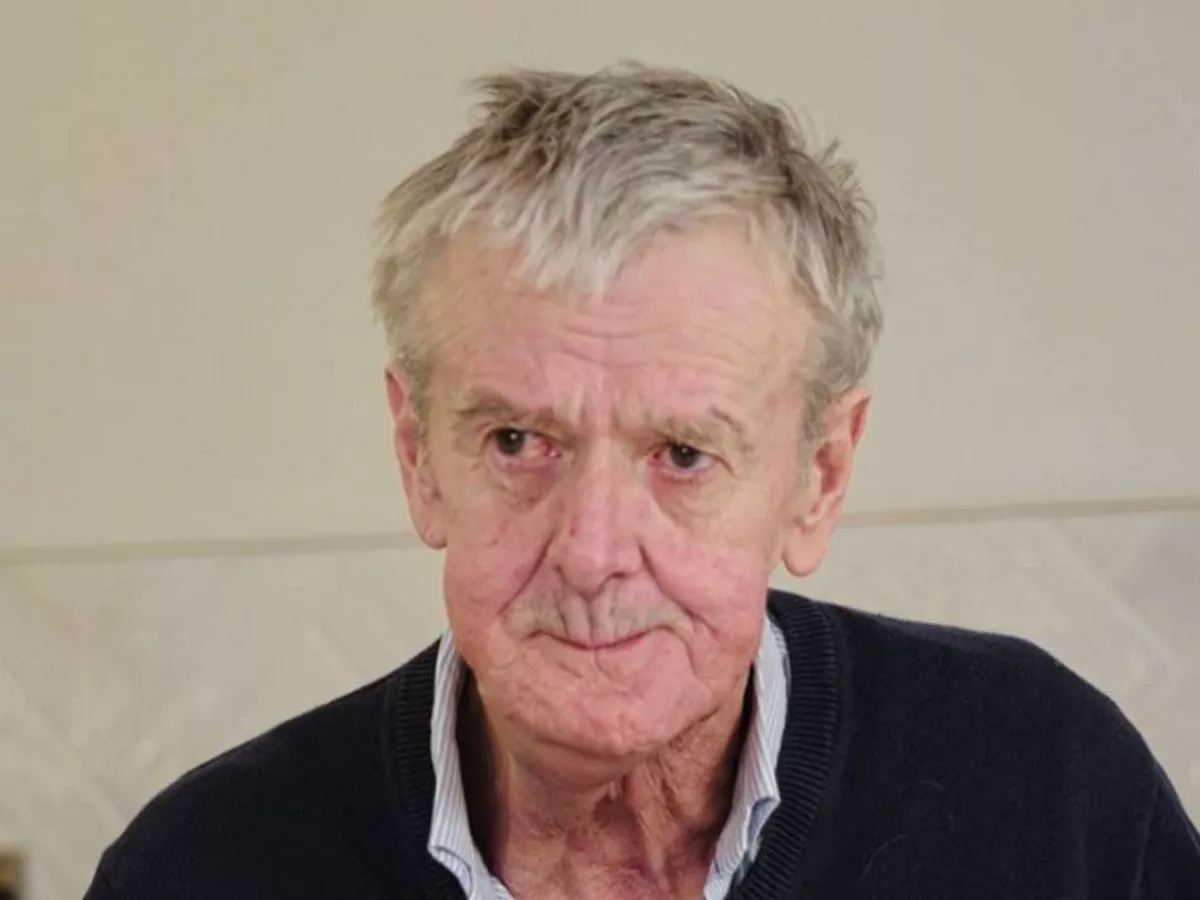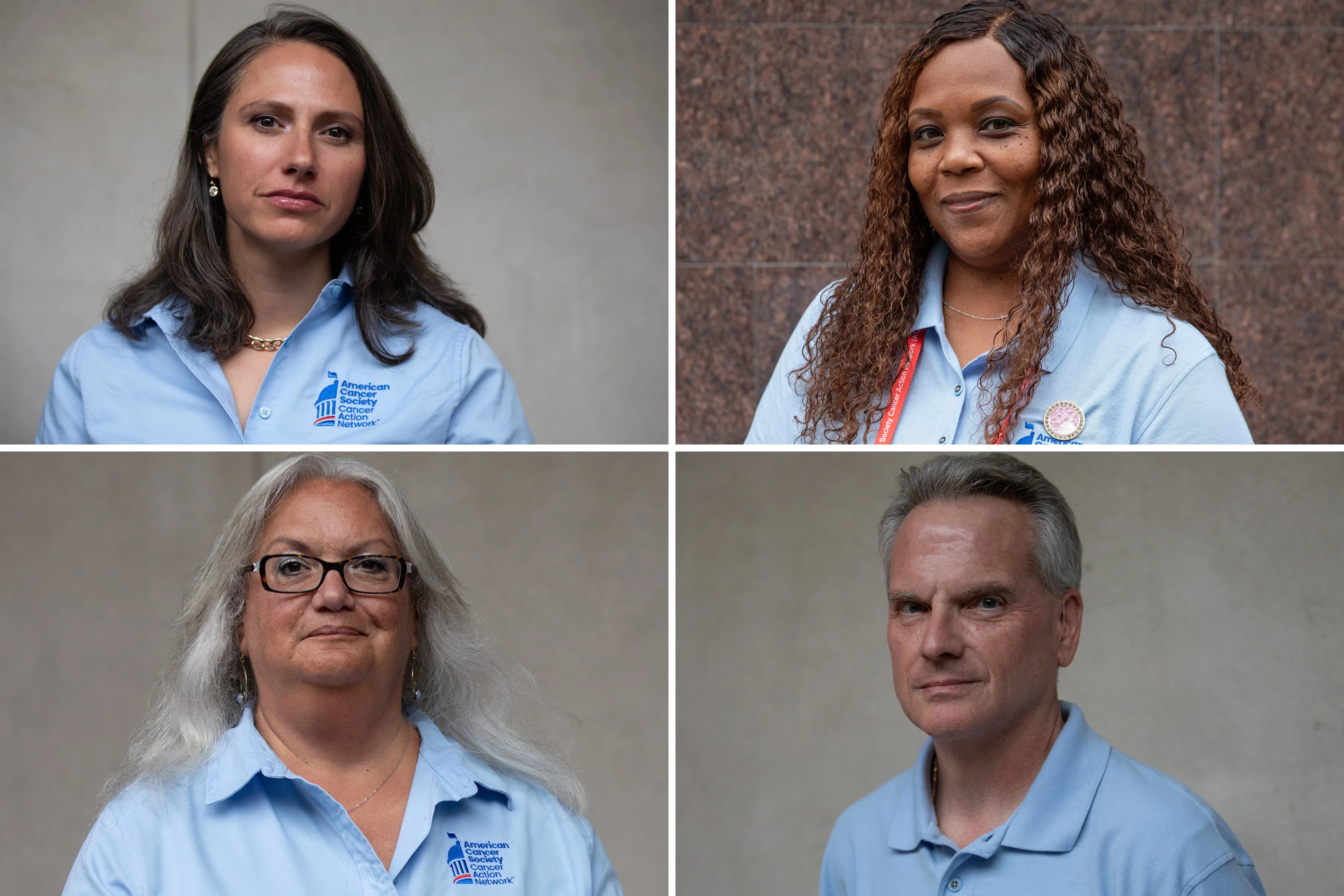Copyright Variety

Schuyler Weiss, producer of Baz Luhrmann’s “Elvis,” made a compelling case for Australia’s film ecosystem at an MPA seminar during the Tokyo International Film Festival, speaking from his unique position as both a local Australian producer and facilitator of major Hollywood productions. Weiss, who has worked with Luhrmann for approximately 20 years on productions including “Australia,” “The Great Gatsby” and “Elvis,” outlined how sophisticated production incentives have helped transform the Gold Coast into one of the country’s fastest-growing film centers. “I stand here, on the one hand, as a local Australian film producer who is as concerned as anyone with the health, the growth, the future of our domestic production industry, but I also spend a big part of my day actively bringing large scale Hollywood backed global productions to Australia,” Weiss said, noting his upcoming work on Luhrmann’s “Joan of Arc.” Australia’s multi-tiered incentive system features a 30% production attraction rebate for international productions, standalone post-production incentives, and various programs specifically for Australian producers at the federal level. Individual states add their own incentives, creating what Weiss described as a “co-opetition” that spreads work around the country while avoiding bottlenecks in Sydney or Melbourne. Even local governments participate — the Gold Coast city council offers municipal-level incentives. “You can coordinate all the levels of government to be the wind in the sails of your production,” Weiss explained. He emphasized that incentives must be clear and accessible for quick decision-making, noting he’s “seen the spreadsheets in the corridors of power and big movie studios in Hollywood, where without great regard to what the content is going on screen, they’re just looking at whether they should shoot in London or the Gold Coast or Bratislava, as if those things are interchangeable.” Working with the MPA, Australia recently strengthened and clarified the 30% location attraction rebate, replacing what Weiss called “something that was just, frankly, kind of unwieldy and confusing.” The incentives operate on a rolling basis to accommodate the industry’s unpredictable timelines. Weiss stressed that government incentives represent an investment rather than a gift, with returns of four to five times every dollar spent. The economic impact extends beyond industry payroll to rental cars, hotels, meals and other services. “The penetration goes so deeply into the economy when big film productions come to town that the incentives offer a tremendous return on investment, but it’s also an investment in the future,” he said. Screen Australia serves as the interface between the industry and government, with Weiss praising the agency’s clear governance structure. The incentive system has enjoyed bipartisan political support for 18 years, providing the reliability necessary for infrastructure investment. Over two decades, Australia has hosted dozens of major movies and international productions, elevating filmmakers like George Miller and Luhrmann to the highest levels while they continued working domestically. “Elvis” featured 100% Australian visual effects work, with so many shots that Weiss joked the VFX team were “victims of their own success” because the recreations of Memphis locations like Beale Street looked so authentic that visitors from Tennessee believed they had filmed on location. In reality, the production built a five-block backlot set of Memphis on a former city dump on the Gold Coast that had been grassed over. Weiss highlighted the skills transfer between large international productions and local films. After “Elvis” wrapped, he produced a smaller Australian film, “How to Make Gravy,” for the local market, giving department members from the big production their first head-of-department roles on a feature. “That hand in hand between the international industry and the local industry is really, really gratifying to be a part of,” he said. Australia now has world-class production facilities in Sydney, Melbourne and the Gold Coast, with emerging centers in South Australia and Western Australia. However, the industry faces capacity constraints — even director Ron Howard couldn’t secure soundstage bookings for two back-to-back Gold Coast productions, per Weiss. Weiss identified post-production and visual effects as “the next big frontier” for Australian industry growth. The country offers a 30% PDV (post-production, digital and visual effects) rebate nationally, with Queensland adding an extra 15%. “We want people who shoot their movie anywhere, shoot their movie in Japan, shoot their movie in Thailand, shoot their movie in Canada, or maybe even actually in Hollywood, to feel like they would do post production in Australia regardless of where the movie is shot,” Weiss said. He noted that a company recently committed to moving 100 employees from Sydney to the Gold Coast, with plans to grow to 300-500 positions within a few years, attracted by the rebate structure. International production location incentives now include mandates for skills development spending, which Weiss applauded for training young technicians. Weiss noted that production company Bazmark, is partnering with multiple levels of Australian government to develop the Miami Arts Depot (MAD), a permanent integrated creative community on 35,000 square meters of former municipal land on the Gold Coast, approximately one kilometer from the beach. The facility will house post-production, visual effects, technology companies, production companies and industry organizations. “We want to create a hub there that will offer the best in class vendors and facilities for our industry to use, and also for the benefit of our international productions and partners,” Weiss said. The project aims to foster intersection between film, technology and design while maintaining physical space for creative collaboration. “At the end of the day, our industry, the movie business, is the most collaborative art form ever devised,” he noted.



